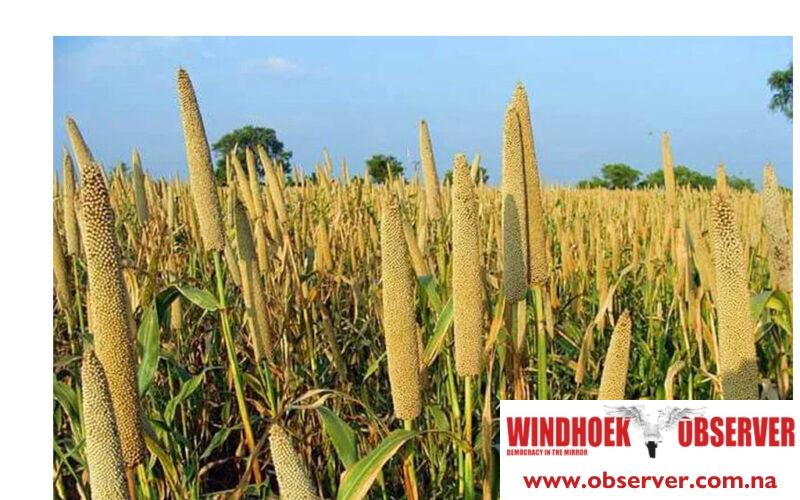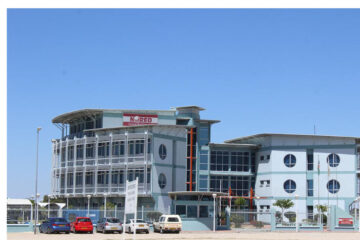Martin Endjala
With the current drought conditions, the national cereal production of white maize, sorghum, pearl millet, and wheat for 2024, is estimated to be 72,150 tons representing a 53 percent decrease from last season’s harvest of 153,012 tons.
According to the 2024 report of the Agro Business Information Services Unit of the Directorate of Planning and Business Development in the Ministry of Agriculture, Water and Land Reform (MWALR), this consists of 36,419 tons of white maize, 15,867 tons of pearl millet, 1,469 tons of sorghum, and 18,394 tons of wheat.
The report indicates that major crop-producing regions will have low harvests. This is attributed to poor crop-growing conditions that prevailed this season. Much of this reduction is expected to occur in the Zambezi, Kavango East and Kavango West regions as well as commercial farming areas.
The report said the reduction in the commercial area is due to a substantial reduction in the number of producers this season, consequently leading to the reduced hectares planted.
The report said green scheme projects had recorded a substantial increase in the production of maize and wheat and the expected harvest is expected to be 30 percent above that of the previous season.
The national average planted area is estimated at 315,327 hectares, a seven percent reduction from last season’s planted area.
From May 2023 to February 2024, a total of 236,300 tons of coarse grains (wheat, maize, and pearl millet) were imported into the country, which includes 116,900 tons of wheat, 118,900 tons of white maize and 0.594 tons of pearl millet.
According to the report, this indicated that by the end of February 2023, imports covered the deficit of wheat and maize, resulting in surpluses of 66,800 tons and 48,400 tons, respectively.
However, the report stated that the country still has a deficit of 58,000 tons of pearl millet, expected to be covered by additional commercial imports.
To address this, the report recommended that the government drill, install, rehabilitate, and excavate earth dams and boreholes to increase the availability and accessibility of water in areas and communities facing water shortages.
It further recommended that the Cabinet direct the MWALR to procure vegetable seeds for communal households with access to water to start gardens as a complement to drought relief food distribution and to procure early maturing seeds and drought-tolerant seed varieties to sell at a subsidised price to farmers.
MWALR executive director, Ndiyakupi Nghituwamata said household food security has weakened in many parts of the country following a reduced agricultural production recorded in the 2022/23 season.
“Many households in the major communal crop-producing regions are indicated to have depleted their previous season’s food stock, and the majority are currently dependent on the market and drought relief food,” she said.
She said the Namibia 2023 Vulnerability Assessment and Analysis report projected that about 695,000 people or 26 percent of the population, faced high levels of acute food insecurity between October 2023 and March 2024.
Nghituwamata emphasised that urgent action was required to reduce food insecurity and to protect the livelihoods of the most affected portions of the population.
As a result, she said that the government has implemented the Livestock Support Program in all regions from October 2023 to 31 March 2024, mainly to support livestock farmers.




